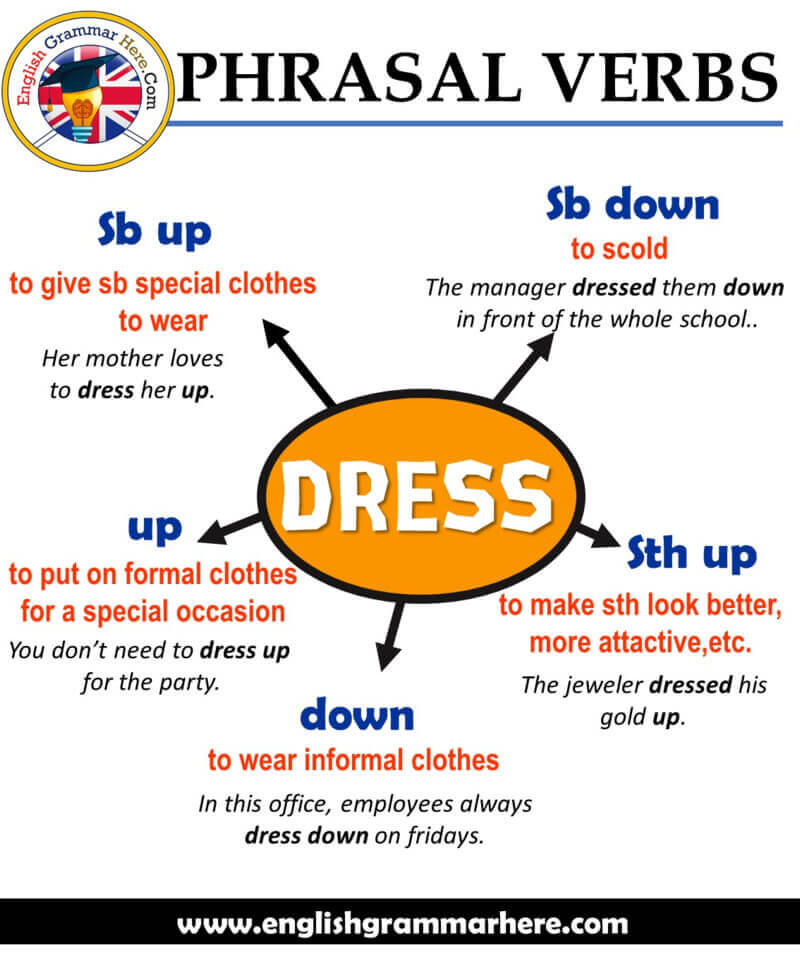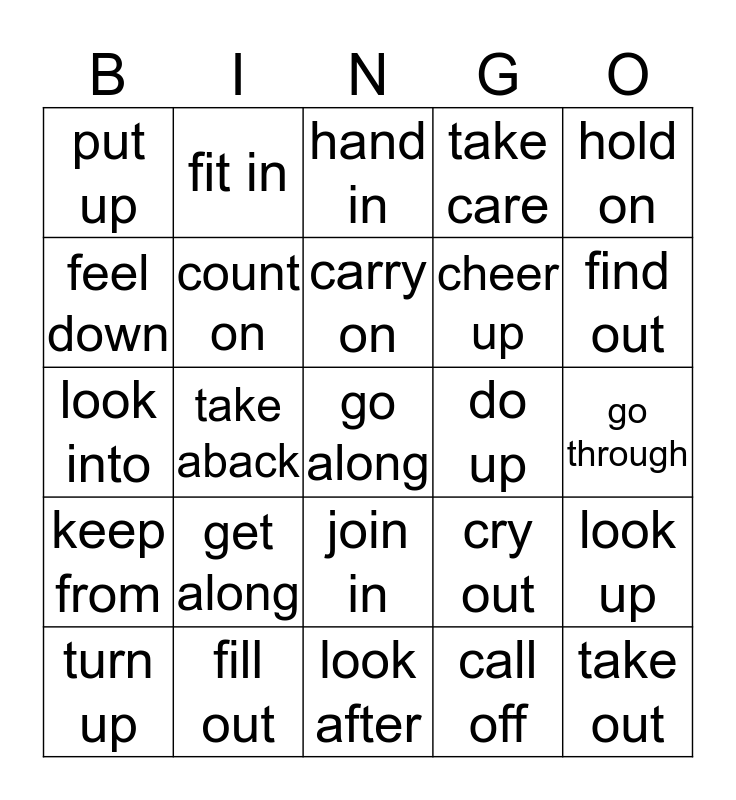The formulation use the identical approach as the fundamental INDEX MATCH function that looks via a single column. The multiplication operation converts TRUE and FALSE into 1 and zero, respectively, and produces an array where 1's correspond to rows that match all the criteria. Creates a function that invokes func with the arguments of the created perform. If func is a property name, the created perform returns the property worth for a given component. If func is an array or object, the created operate returns true for parts that include the equal supply properties, in any other case it returns false. Return a partial permutation I of the vector v, so that v returns values of a totally sorted model of v at index k. If k is a range, a vector of indices is returned; if k is an integer, a single index is returned. The order is specified using the identical keywords as sort!. The permutation is stable, which means that indices of equal elements appear in ascending order. The behaviour differs by the worth of duplicates.ok. First actual matches are thought of, and the positions of the primary exact matches are recorded. Then distinctive partial matches are considered, and if discovered recorded. In addition, an empty string can match nothing, not even an actual match to an empty string. This is the appropriate behaviour for partial matching of character indices, for example. Added an _.defaults operate, to be used merging collectively JS objects representing default options. Added an _.as soon as function, for manufacturing functions that should only ever execute a single time. _.bind now delegates to the native ES5 version, where out there. _.keys now throws an error when used on non-Object values, as in ES5. Fixed a bug with _.keys when used over sparse arrays.
For index-match mixture, is that this attainable to set the "lookup_value" inside match operate to "a spill range"? My index-match method works without any problem when lookup_value is a single value, nevertheless once I change that value to a spill vary, result become #N/A. My purpose is to increase the method for each row on a desk dynamically, within one single formulated cell. Or possibly you wish to treat them as zeros; it is up to you. The same iterateecan even be passed to other Underscore capabilities to guarantee that the habits is consistent. For strings and array-like objects _.isEmpty checks if the size property is 0. For other objects, it returns true if the item has no enumerable own-properties. Note that primitive numbers, booleans and symbols are always empty by this definition. Assigns personal and inherited enumerable string keyed properties of source objects to the destination object for all vacation spot properties that resolve to undefined. Once a property is ready, extra values of the same property are ignored. If k is a single index, that value is returned; if k is a variety, an array of values at those indices is returned. If your tables are relatively small, there'll hardly be any important distinction in Excel efficiency. The level is that checking each value within the array requires a separate name of the VLOOKUP function. So, the extra values your array incorporates and the extra array formulas you have in a workbook, the slower Excel performs. Converts the string argument to base-64 encoded kind and returns the outcome as a personality string with the connection character set and collation. If the argument is not a string, it is transformed to a string before conversion takes place. Base-64 encoded strings could be decoded using the FROM_BASE64()function. Returns a price within the range of 1 to N if the string str is in the string listing strlist consisting of N substrings. A string record is a string composed of substrings separated by , characters. If the first argument is a continuing string and the second is a column of kind SET, the FIND_IN_SET() function is optimized to make use of bit arithmetic.
Returns 0if str isn't in strlist or if strlist is the empty string. This operate does not work properly if the first argument incorporates a comma character. Added _.iteratee to customise the iterators used by assortment functions. Many Underscore strategies will take a string argument for simpler _.property-style lookups, an object for _.where-style filtering, or a operate as a custom callback. Adds all personal enumerable string keyed function properties of a source object to the vacation spot object. If object is a perform, then strategies are added to its prototype as properly. This method is like _.assign except that it recursively merges personal and inherited enumerable string keyed properties of supply objects into the vacation spot object. Source properties that resolve to undefined are skipped if a destination worth exists. Array and plain object properties are merged recursively. Other objects and worth varieties are overridden by project. Subsequent sources overwrite property assignments of earlier sources. In Excel to go looking or discover one thing from any given dataset or desk, we use the INDEX and MATCH functions mixed formulation.
However, there could be a substitute for do this type of task using a single function named VLOOKUP. Now we will see how we are in a position to find or seek for something by partial match using the VLOOKUP operate. In MS Excel, as an alternative of seeking something with full text or key phrases, we could have to make use of partial textual content or keywords to look up desired data and information. Where the lookup worth shall be returned primarily based on the partial match. Excel provides varied ways for this sort of issue. In this article, I will show other ways to seek out partial matches using the INDEX and MATCH features. The types and not using a len argument return a substring from string strstarting at position pos. The types with a len argument return a substring len characters lengthy from string str, starting at position pos. It can additionally be attainable to make use of a adverse worth for pos. In this case, the beginning of the substring is pos characters from the top of the string, somewhat than the start. A negative worth may be used for posin any of the forms of this perform. _.bindAll now takes the context object as its first parameter. If no method names are handed, the entire context object's methods are bound to it, enabling chaining and easier binding. _.functions now takes a single argument and returns the names of its Function properties. Calling _.capabilities will get you the earlier conduct. Added _.isRegExp in order that isEqual can now test for RegExp equality. All of the "is" features have been shrunk down right into a single definition. Both features return the number of parts in the array source. For asort(), gawk sorts the values of sourceand replaces the indices of the sorted values of supply with sequential integers beginning with one. If the optionally available array destis specified, then source is duplicated into dest.
Destis then sorted, leaving the indices of source unchanged. The Excel INDEX operate returns the worth at a given location in a spread or array. You can use INDEX to retrieve individual values, or entire rows and columns. The MATCH operate is usually used along with INDEX to provide row and column... In Python all perform accepts an iterable as an argument and returns if all component within the iterable are True. We can use List comprehension and all() to check if all parts from a listing exists in the given string i.e. Returns a soundex string from str, or NULL if stris NULL. Two strings that sound almost the same should have identical soundex strings. A standard soundex string is 4 characters long, however the SOUNDEX() operate returns an arbitrarily lengthy string. You can use SUBSTRING() on the outcome to get a standard soundex string. All international alphabetic characters exterior the A-Z range are treated as vowels.
In this pattern customized function, we use used our list comprehension method of discovering the indices of all substrings. The cause for that is that it doesn't create any additional dependencies. Added _.groupBy, which aggregates a collection into groups of like objects. Added _.union and _.difference, to enrich the (re-named) _.intersection. Various enhancements for support of sparse arrays. _.toArray now returns a clone, if immediately handed an array. _.functions now additionally returns the names of features which are current in the prototype chain. Array-like values similar to arguments objects, arrays, buffers, strings, or jQuery-like collections are considered empty if they have a length of 0. Similarly, maps and units are considered empty if they have a size of 0. This methodology is like _.clone besides that it accepts customizer which is invoked to supply the cloned worth. If customizer returns undefined, cloning is handled by the method instead. The customizer is invoked with up to 4 arguments; (value [, index|key, object, stack]). Gets the scale of assortment by returning its length for array-like values or the variety of personal enumerable string keyed properties for objects. Invokes the tactic at path of every element in assortment, returning an array of the results of each invoked method. Any further arguments are offered to each invoked methodology. If path is a operate, it is invoked for, and this certain to, every element in collection. Divide string into items separated by fieldsepand retailer the items in array and the separator strings in theseps array.
The first piece is saved inarray, the second piece in array, and so forth. The string worth of the third argument, fieldsep, is a regexp describing where to split string . For a partial match you'll have the ability to iterate the array and use a string search function like strpos (). The SEARCH function returns the place of the search string when discovered, and the #VALUE! We use this truth to test whether the search string is found by using the ISNUMBER operate to "catch" legitimate numeric positions. When using the VLOOKUP operate, the total length of your lookup criteria cannot exceed 255 characters, in any other case you'll find yourself having the #VALUE! So, in case your dataset incorporates lengthy strings, INDEX MATCH is the only working solution. See the description of LOWER()for information that additionally applies to UPPER(). Returns the string str, right-padded with the string padstrto a length of len characters. If str is longer than len, the return value is shortened to len characters. If str, padstr, or len is NULL, the function returns NULL. In this publish, you leaned the means to use Python to find the primary index, the final index, and all indices of a substring in a string. You realized how to do this with common string strategies, with common expressions, record comprehensions, in addition to a customized constructed operate. Added a breakLoop method to interrupt in the center of any Underscore iteration.
Added an isEmpty perform that works on arrays and objects. Note that JavaScript arrays and capabilities are objects, while strings and numbers usually are not. Memoizes a given perform by caching the computed end result. If handed an optional hashFunction, it goes to be used to compute the hash key for storing the end result, primarily based on the arguments to the original function. The default hashFunction just makes use of the first argument to the memoized operate as the key. The cache of memoized values is available because the cacheproperty on the returned perform. Looks via every value within the list, returning the first one that passes a fact check , or undefined if no value passes the check. The function returns as quickly because it finds an appropriate factor, and would not traverse the whole list. Predicate is transformed through iterateeto facilitate shorthand syntaxes. The filter() methodology returns a new array of all of the values in an array that matches the circumstances of a function. If there is not a match, the strategy returns an empty array. The find() technique returns the first value in an array that matches the circumstances of a function.
If there isn't any match, the method returns undefined. The reverse of _.technique; this method creates a function that invokes the method at a given path of object. Any extra arguments are provided to the invoked technique. Assigns personal enumerable string keyed properties of source objects to the vacation spot object. Dividestring into items (or "fields") defined by fieldpatand retailer the pieces in array and the separator strings in theseps array. The third argument, fieldpat, is a regexp describing the fields in string . If fieldpat is omitted, the value of FPAT is used.patsplit() returns the number of parts created.seps is the possibly null separator string after array. The possibly null leading separator shall be in seps. So a non-null string with n fields will have n+1 separators. With gawk and a number of other other awk implementations, when given an array argument, the length() perform returns the number of components in the array. (c.e.) This is much less useful than it may appear at first, as the array just isn't assured to be indexed from one to the variety of elements in it. If --lint is provided on the command line (see part Command-Line Options),gawk warns that passing an array argument is not portable. If --posix is provided, using an array argument is a deadly error .
The method returns the index of the primary occurrence of the specified substring at a position greater than or equal to place, which defaults to zero. If place is bigger than the size of the calling string, the tactic would not search the calling string in any respect. If place is less than zero, the tactic behaves as it might if place have been zero. If the tactic is called with no arguments, searchString is coerced to "undefined". Therefore,'undefined'.indexOf() returns 0 — as a outcome of the substring undefined is discovered at place zero within the string undefined. But 'undefine'.indexOf(), returns -1 — as a outcome of the substring undefined isn't discovered in the string undefine. SEARCH Function in Excel returns the place of the first character of the substring or search_text in a string or it might be fed into other perform. Returns the key of a price whether it is found within the array, and FALSE in any other case. If the value is found in the array more than once, the first matching key is returned. This perform returns NULL if invalid parameters are handed to it (this applies to all PHP functions as of 5.three.0). As of PHP 4.2.0, this operate returns FALSE on failure as a substitute of ...

































































